Venkata Revanth Anantha
Advisor: Lisa Landrum
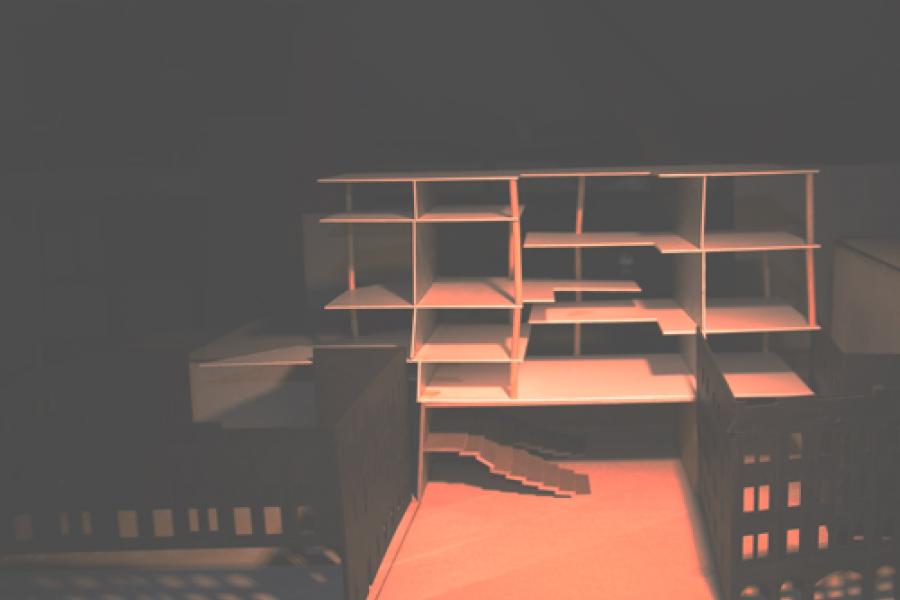
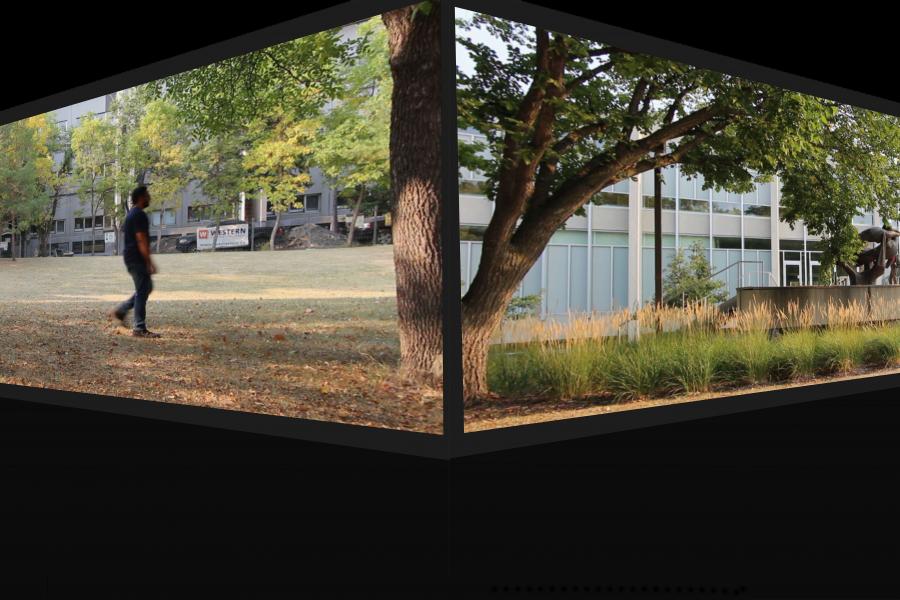
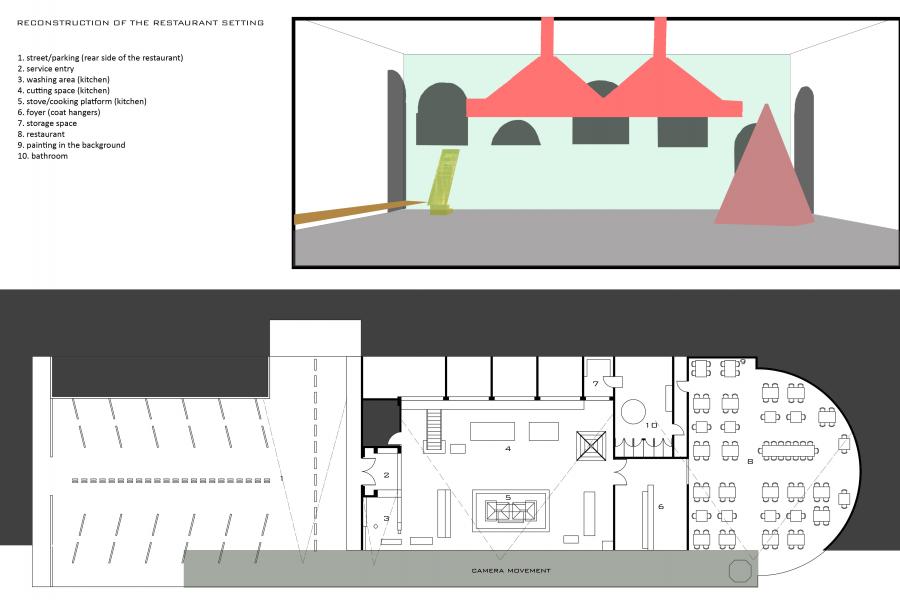
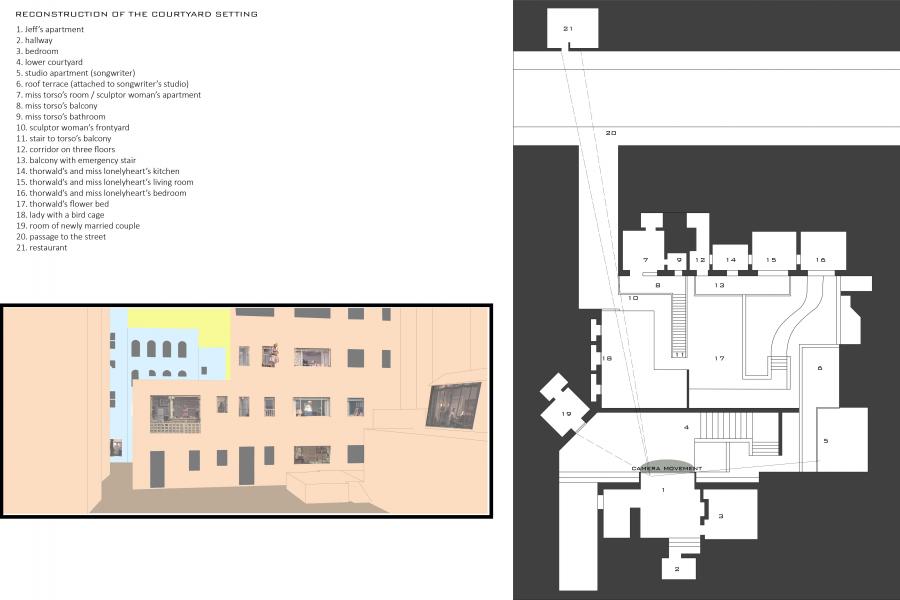
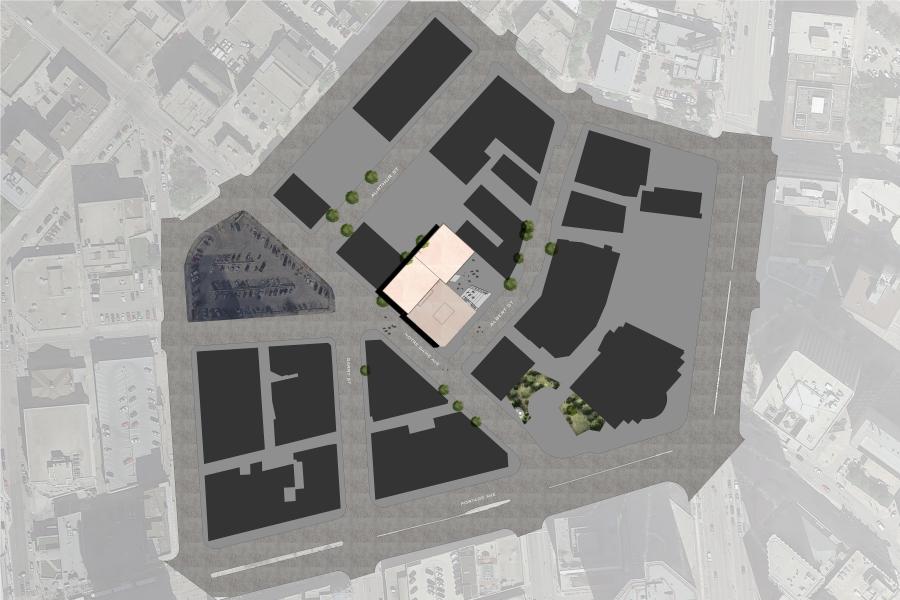
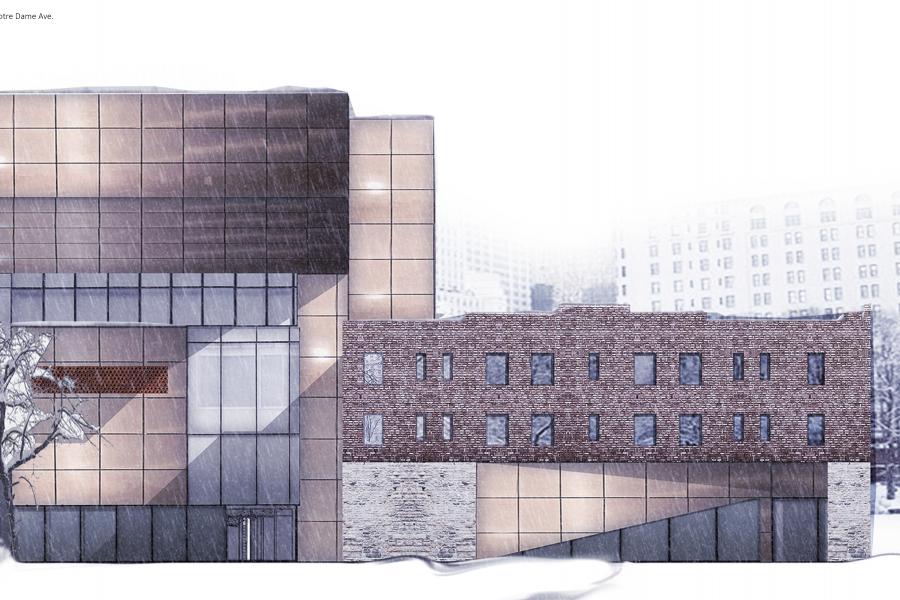
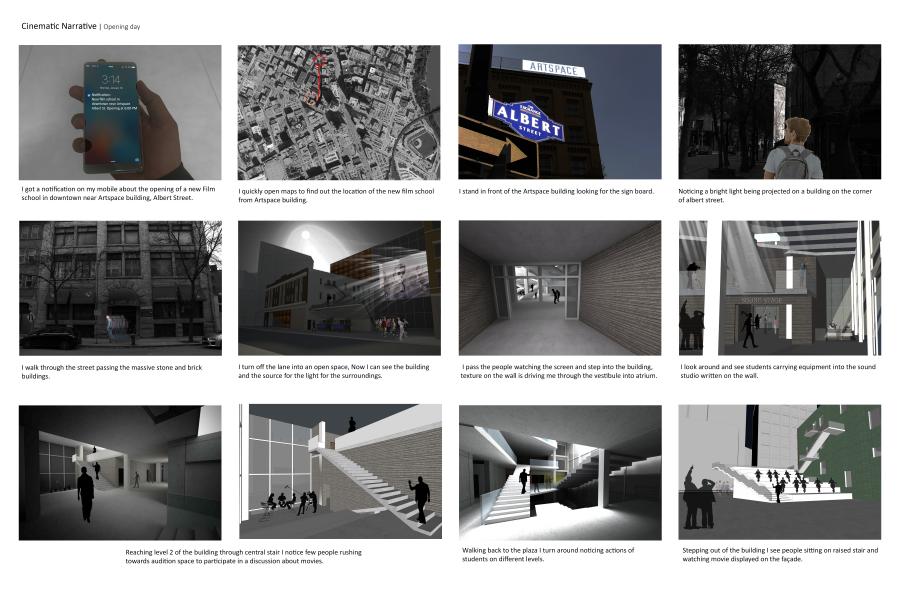
Film and Architecture:
Cinematic Passages and Thresholds
Film and architecture are similar. Both involve space, movement and time. Architecture is one of the great hinges on which the world of the film turns. Architecture and film are works of art, but they also inspire creative art practices.
Space and time can be related to each other beautifully when it comes to film and architecture. They both engage the viewer, one by projecting moving images while the viewer is still, the other by being still while the viewer moves. Both architecture and film play an important role in influencing how we physically and imaginatively interact with the world around us.
This thesis intends to investigate the interplay of film and architecture by following two paths.
The first involves studying the spatial depth, narrative sequence and camera movement through two films, “The Cook, The Thief, His Wife and Her Lover” by Peter Greenaway [1989], and “Rear Window” by Hitchcock [1954]. In addition to a comparative analysis through drawing and model studies, the design research involves the creation of a new film interpreting spatial depth, sequence, and movement through spaces on campus.
The second research path involves, developing an architectural proposal that consists of a collage of different programs, including a film school, cinema, a multi-media experimentation centre and other public programs in downtown Winnipeg. The focus lies on the question of how the architecture of film can be reinterpreted as filmic architecture. The project aims to enhance the experience of each art and deepen people's experience of the city as a whole.
By researching film techniques and investigating their application in an architectural project, this thesis intends to invent a design methodology that intertwines space and movement. The project will create a sequence of stimulating spaces with embedded meanings to be experienced by a cast of common characters as they interact with the building.
